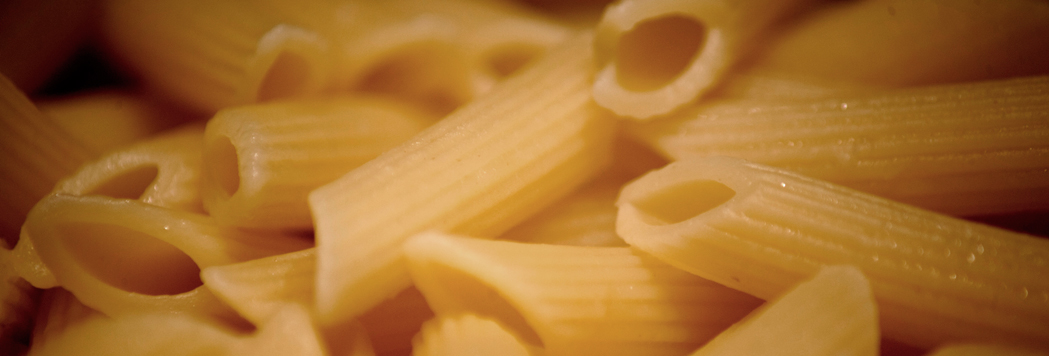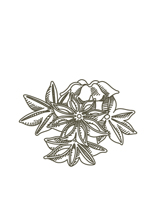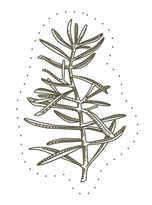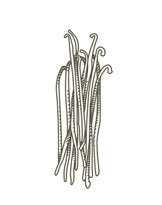Peppermint
 Peppermint (Menta piperita)
Peppermint (Menta piperita)
Peppermint is a perennial plant found in Europe, Asia and North America. People have been using peppermint medicinally for thousands of years. The ancient Egyptians, one of the most medically-advanced ancient cultures, cultivated and used peppermint leaves for indigestion. Additionally, the ancient Romans and Greeks took peppermint to soothe their stomachs. The plant was used by Europeans, especially in Western Europe, and gained popularity in the 18th century for stomach ailments and menstrual disorders. Peppermint has a pleasant taste and is commonly used in cooking and for making drinks. It contains vitamins A and C as well as a number of minerals. Additionally, it has a wide variety of health and medicinal uses, some of which have been verified by scientific trials. Peppermint has a powerful, minty-fresh, camphoraceous, cool, and distinctive fragrance. Principal constituents of peppermint: Menthol (up to 70 percent), menthone, menthyl acetate, limonene, pulegone, cineol, azulene, and others. Peppermint helps the digestion of heavy foods and relieves flatulence and intestinal cramping, actually relaxing the digestive muscles so they operate more efficiently. A massage over the abdomen with an oil containing peppermint can greatly aid intestinal spasms, indigestion, nausea, and irritable bowel syndrome. Peppermint oil is steam distilled from the partially dried tops of the plants. Aromatherapy can be used to treat a number of conditions, from asthma to depression to skin problems. Here you will learn how to treat some common medical problems with aromatherapy. The most widely used of all aromatic essential oils, peppermint makes a grand and obvious appearance in all sorts of edible and nonedible products, including beverages, ice cream, sauces and jellies, liqueurs, medicines, dental preparations, aromatherapy preparations, cleaners, cosmetics, tobacco, desserts, and gums.
































